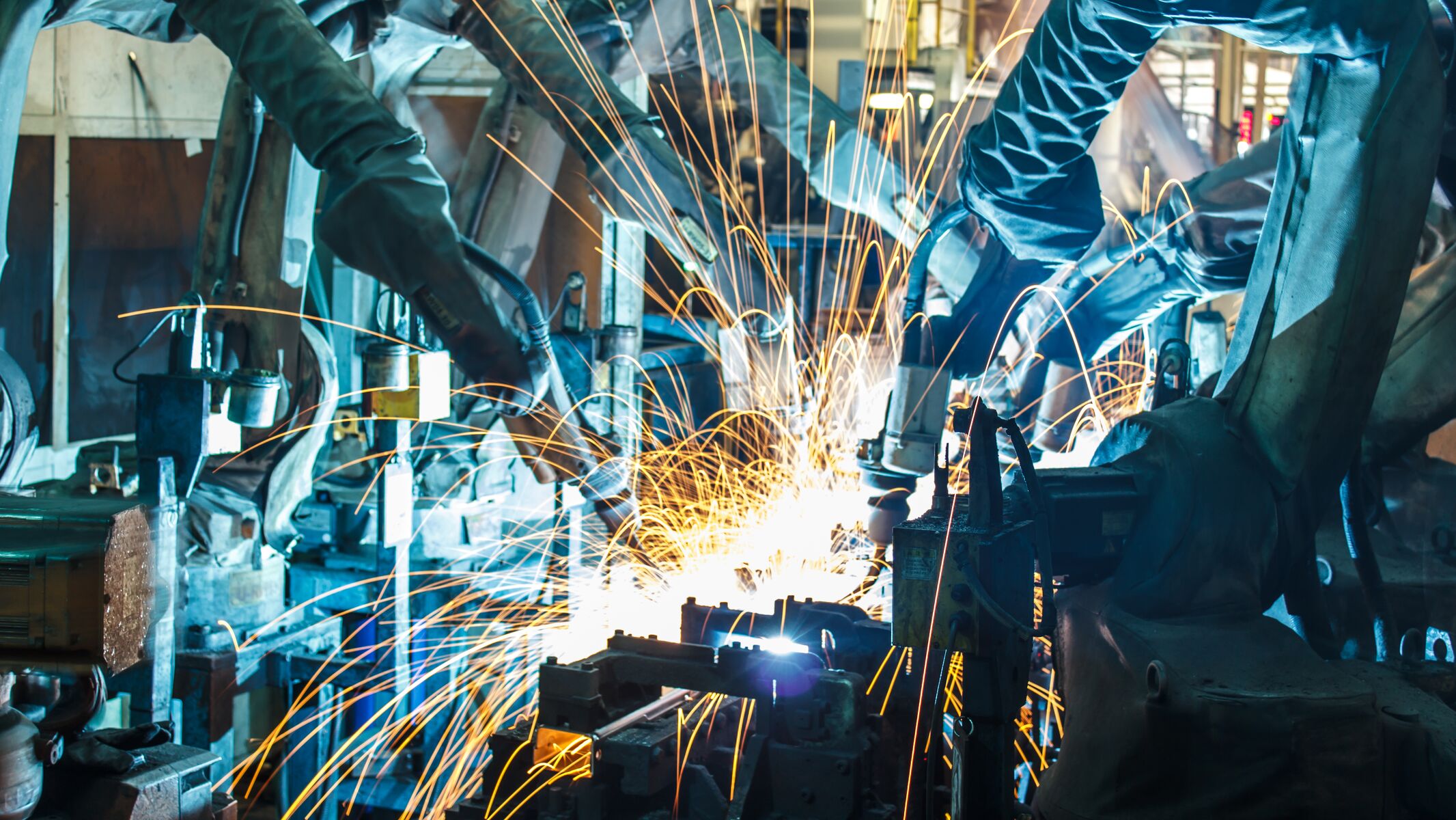The United States Tariffs and disruption vs. market opportunities - vdma.eu

shutterstock
Let's challenge challenges – for global trade without tariffs and barriers. These USA are and will remain a key market for German and European mechanical engineering as the largest export region and investment location outside Europe. But with the inauguration of US President Donald Trump, the world of trade has changed fundamentally. Disruption is his leitmotif, tariffs are his favourite tool – even against previously friendly countries. Added to this is an erratic policy that can take a new direction every day.
Navigating this uncertain environment is difficult for all trading partners and companies. Which tariffs are already in place and what might lie ahead for the mechanical and plant engineering industry? How can companies respond? Let's challenge challenges, we are not burying our heads in the sand and are thinking in terms of options: the VDMA is providing up-to-date assessments and inviting people to information events on the new risks in US business – but also on the business opportunities that still exist on the other side of the Atlantic.


Members face unprecedented compliance challenges with the new U.S. tariffs on steel and aluminum derivatives. The VDMA now publishes a guide to support members in this new and difficult area.
The bureaucratic burdens of the new U.S. tariffs on steel and aluminum derivatives are immense. Manufacturers must prepare quickly to handle the requests that they will receive from importers.
The U.S. Department of Commerce added 407 new articles to the steel and aluminum lists, subject to 50-percent tariffs. Many machinery products are affected.
Exports in the mechanical and plant engineering sector fell by 3.4% year-on-year in the first half of the year. The tariff conflict between the EU and the USA has left its mark. Europe is now all the more challenged to fight for open markets.
As part of a political agreement with the European Commission, a new base tariff of 15 percent has been established to prevent a further escalation of retaliatory measures.
The new Trump tariffs are not only raising costs for the machinery sector, but creating confusion and uncertainty among manufacturers that export to the United States.
The published trade agreement between the EU and the US contains numerous tariff regulations, including the 15 percent tariff rate and the abolition of industrial tariffs. The Steel and aluminium tariffs will remain in place for the time being.
Update USA: Tarrif deal? Not really!
According to the European Union, the tariff deal between the USA and the EU is a done deal and, according to the EU Commission, should be seen as a "decision for stability and predictability". In the latest video in the "Update USA" series, USA expert Andrew Adair talks about the fact that this is not the case, however, because in principle the entire mechanical engineering industry benefits nothing from it, but is massively affected by the constant expansion of steel and aluminum tariffs and will be affected more and more. He also talks about what the VDMA is doing to stand up for its members.
"Update USA" video series
In our "Update USA" video series, we provide regular updates on events and news from the USA that affect the mechanical engineering industry. Check back regularly:
Interested in regular USA updates? To the NL subscription.


The new VDMA economic report shows a robust US machinery industry despite a volatile environment. Now exclusively for members - with interactive charts and current economic data.
India and Brazil remain pillars of growth - in contrast to the USA and China.
The United States is the largest export market and the most important location for the German mechanical engineering industry. The chart pack provides information on the structure and development of the machinery market.
The U.S. Department of Commerce issued the final rules that prohibit the sale or import of vehicles equipped with hardware or software associated with Chinese or Russian-controlled entities.
The secure application of the European safety regulations for machines stands in stark contrast to the widespread uncertainty surrounding the corresponding patchwork of American requirements.
The Chinese machinery sector continues to show above-average growth rates. In the EU, there are signs that the negative growth rates are coming to an end.
The VDMA urges the U.S. and EU to reach an agreement that ensures the certainty European machinery manufacturers need to operate in the U.S.
In 2026, global machinery and equipment turnover is expected to grow by 2% on a price-adjusted basis. Growth in Asia will remain above average. Stagnation looms in the EU-27.
The VDMA has published its first quarterly economic report for the US market for plant and machinery.
Federal, state and local governments all compete to collect taxes. Tax returns may have to be filed for all three levels of government. Double or multiple taxation is sometimes unavoidable.
In 2023, the USA generated a gross domestic product of 27.4 trillion dollars. While the share of manufacturing in the overall economy has declined over the years, the share of mechanical engineering within manufacturing has remained stable.
The USA is the world's largest buyer of machinery and Germany's largest export market. It is also one of the most important supplier countries.
Events
Are you ready to shape the future of industrial data and digital transformation?
VDMA America recently held their first Executive Roundtable at GEDA USA in League City, Texas, providing the American leadership of our members’ subsidiaries a valuable opportunity to network and exchange insights on key topics impacting our industry
Our topics








